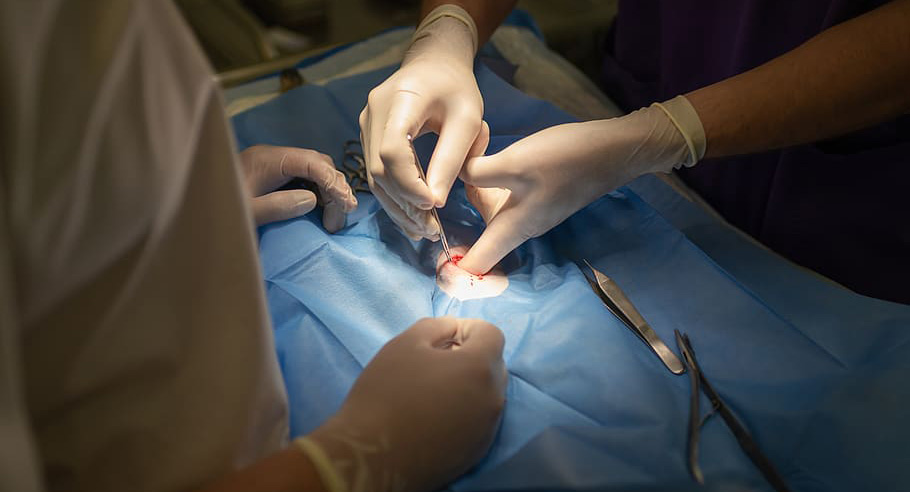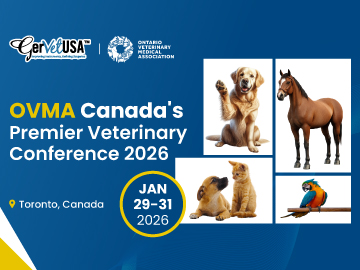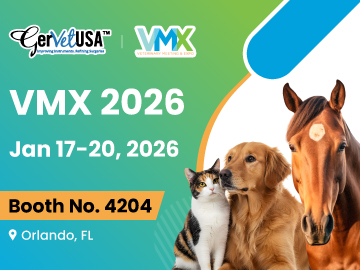We all understand that hygiene is important in hospitals, important to protect patients and staff alike. But while health workers typically wear safety when observing infected patients and hospitals in isolation, the same does not always apply to our beloved pets.
Veterinarians use self-protection, but their amount of use is less than suggested and is very diverse. Most use sufficient protection for post-mortem, surgery or dental practices, but as many as 70% do not use any safety for the treatment of animals with symptoms of breathing and neurological diseases; And about half do not use any safety when treating animals with indications of digestive or skin illnesses. It isn't a recent concept, either. Such bad habits have been going on for ages.
Why are veterinary surgeries so much less sterile than human ones?
You may wonder why some vets don't have sufficient security because they know they can get animal diseases. There are many factors-some of which we have discovered in a study, but some of which are still unspecified and require further research.
Training and education have a significant role to play. Those who were fully conscious of the Industry Infection Control Guidelines or those who had completed graduate program were more likely to benefit from adequate protection. The interpretation of the risk of infection by the vets themselves from the animals is an important factor. It looks simple, but we found that those who assumed they were likely to contract animal infection were more probable to have adequate protection. In regards, "intentionally considering the use of protection in each case" vets were more likely to have sufficient protection, but "hope for the best" vets were less likely to have effective protection.
What can be done to improve protection?
The first point that can be accomplished is to make vets aware of both the risk and the infection control guidance. Veterinary procedures should be compelled to make infectious disease kits accessible to their staff and to train them in their use. All procedures should be welcomed to have published infection control protocols. At a pricier level Veterinary practices may be subject to engineering regulations. Such as the design of their practice in a manner that reduces risk, but even simpler methods have been shown to decrease the risk of infection in health and environmental studies.
They're expected to do every bit as clean as a human. And all the same protections should be implemented, such as measuring the tools of the surgeon and the surgical nursing assistant while the animal is being anesthetized, and relayed at the end to ensure that nothing is lacking or left apart. The site of surgery should be sterilized, drapes positioned and clamped to the flesh for safety. The surgeon is scrubbed in and "dressed" by the assistant workers much like a real surgeon. And if more hands are needed, the lead surgical specialist will implement the same cleaning and dressing procedures.
Veterinary educational institutions can place further focus on preventing infection and biosecurity in their curriculum. Infection management training in veterinary schools has progressed over time, which is promising, although more realistic experience is required to further develop veterinary practices as young grads begin their careers.







